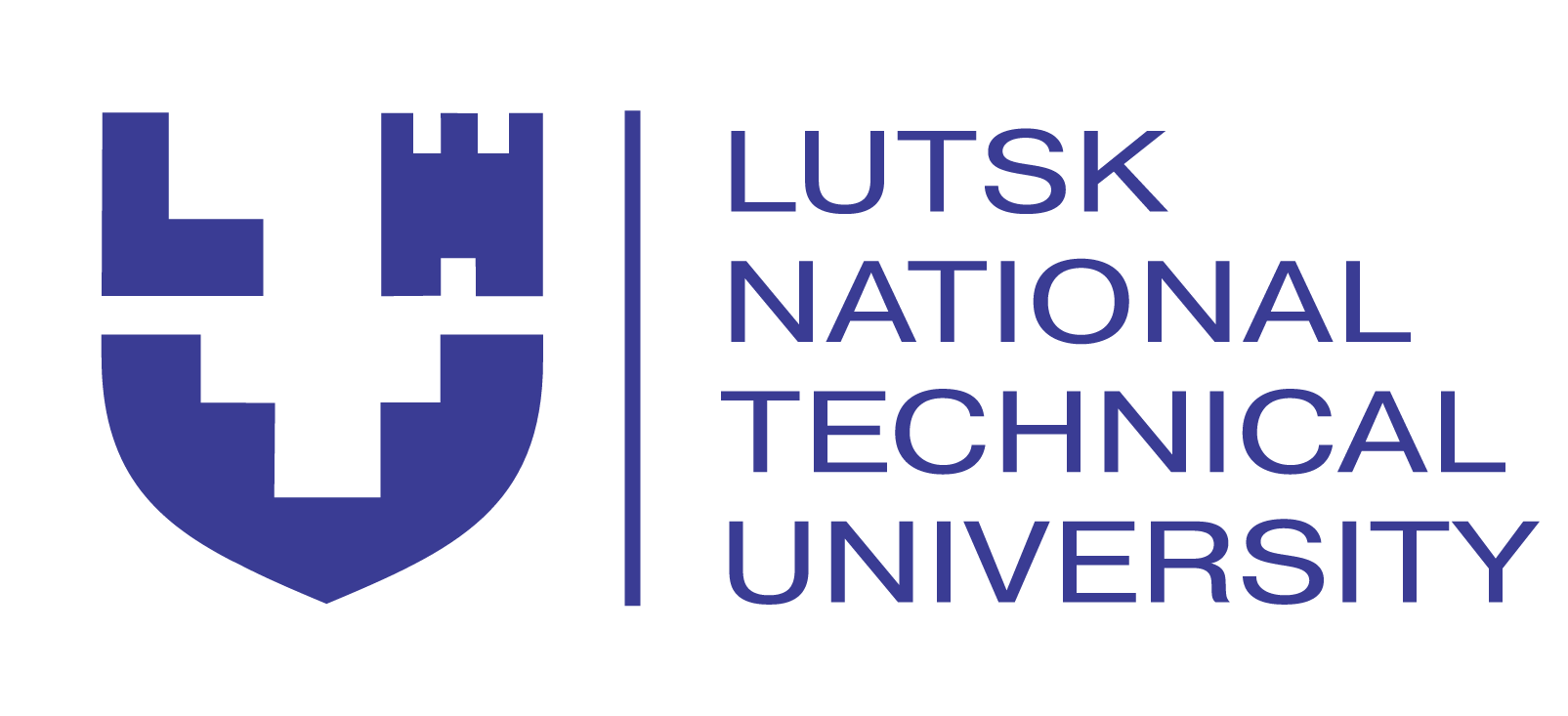CIRCULAR ECONOMY AS A NEW PARADIGM OF REGIONAL DEVELOPMENT
Abstract
Sustainable consumption and production patterns need looking new economic model. The new model appeared recently and is called the circular economy. A circular economy provides for creating new business models, accelerating economic growth, and improving lives in regions.
In a circular economy, the value of products and materials is maintained for as long as possible. Waste and resource use are minimised, and when a product reaches the end of its life, it is used again to create further value. This can bring major economic benefits, contributing to innovation, growth and job creation. A circular economy encourages sustainability and competitiveness in the long term. A circular economy can help to: preserve resources – including some which are increasingly scarce, or subject to price fluctuation; save costs for produsers; unlock new business opportunities; build a new generation of innovative, resource-efficient regional businesses – making and exporting clean products and services around; create local low and high‐skilled jobs; create opportunities for social integration and cohesion.
A circular economy helps to solve the problem of waste. Accumulation of waste is a problem to be solved at the regional level. Accumulation of waste and the necessity of expanding landfill sites and their placement will activate local communities in solving the problem of introducing a separate method for the collection of solid domestic wastes. A circular economy has the potential to positively affect everyone’s lives and everything we buy for a more sustainable future. One company or one industry doing this alone will not be enough. A network of companies, territorial communities, working and innovating together, is what will help lead this transformation into the future


